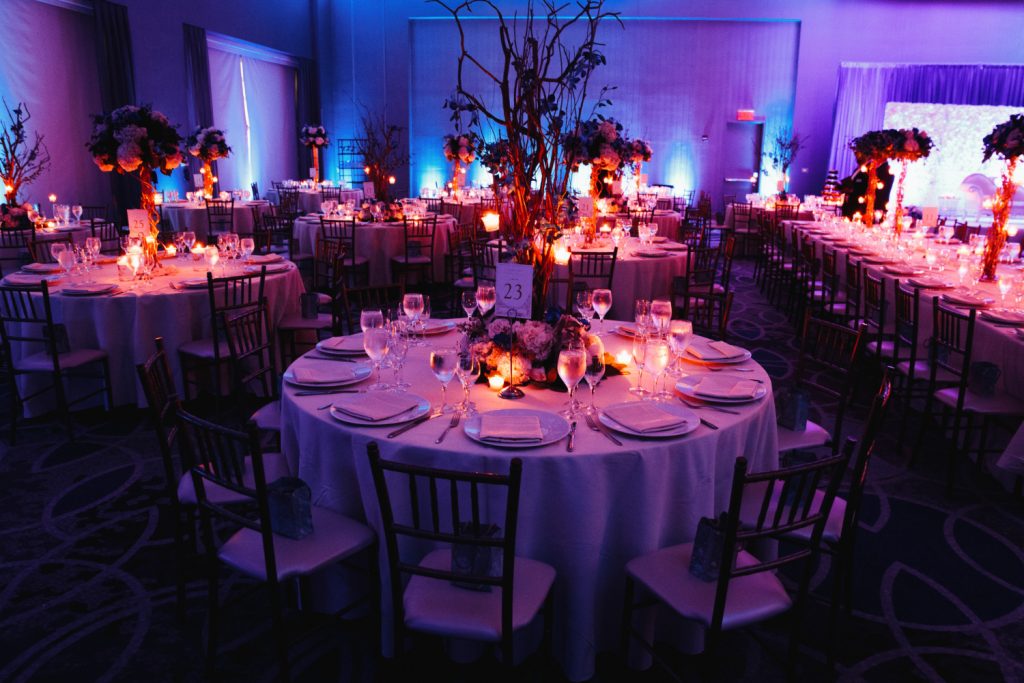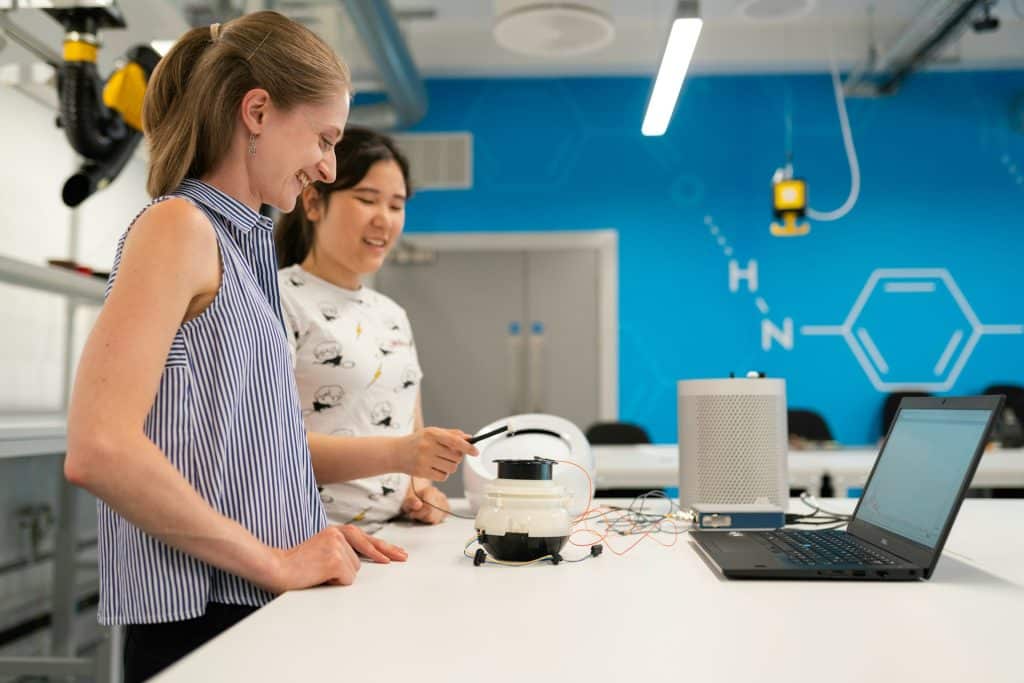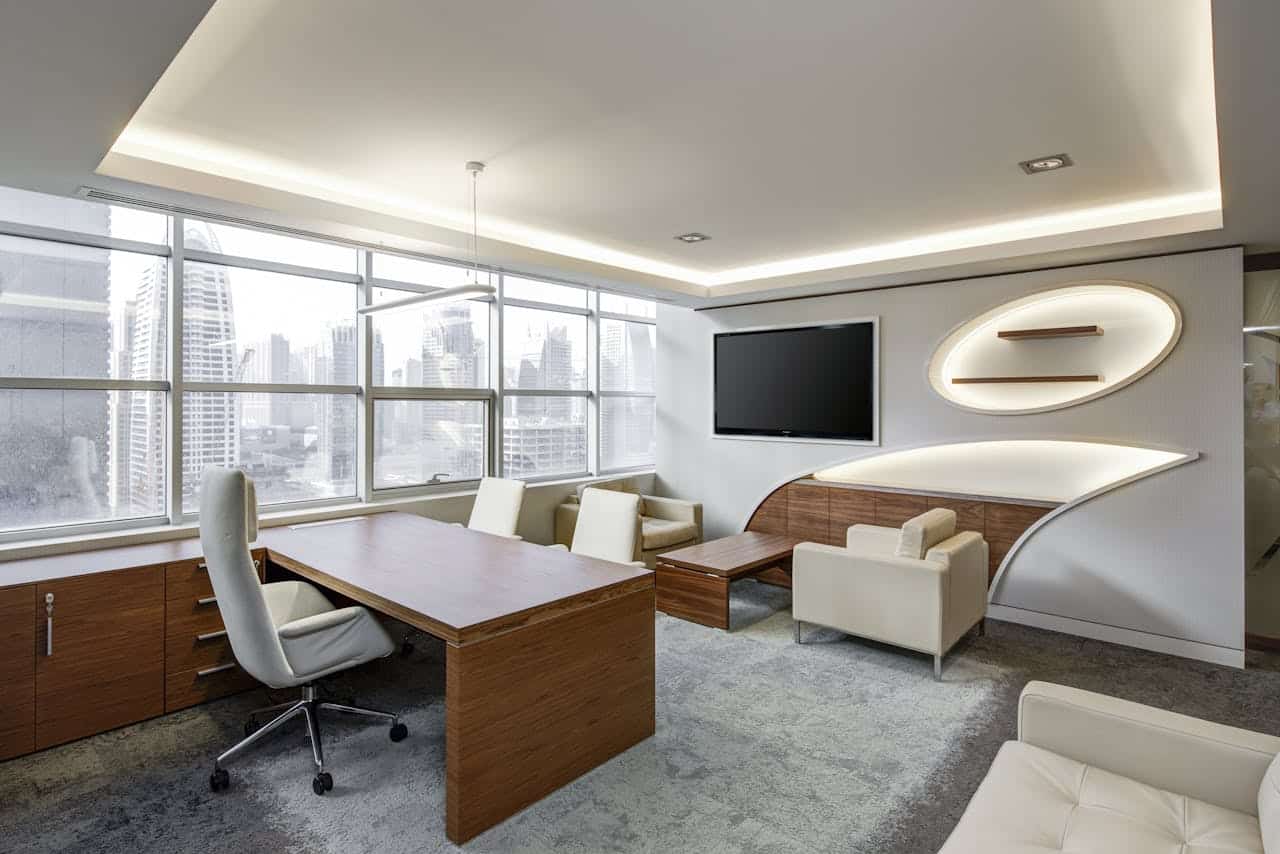How Coworking Spaces Drive Innovation in Tech and Creative Industries

What do a freelance designer, an app developer, and a content strategist have in common? They might not work for the same company, or even in the same industry, but in a coworking space, they could be sitting just a few desks apart, sparking ideas over coffee or collaborating on a breakthrough product.
Coworking spaces have rapidly evolved from trendy alternatives to corporate offices into powerful ecosystems of innovation. Especially in the tech and creative industries, where agility, fresh thinking, and collaboration are essential. These spaces offer more than just flexible seating, they offer opportunity.
So what makes these spaces for innovation, and why are so many startups, creatives, and even enterprise teams choosing them as their launchpads? Ready to see how coworking and collaboration can transform your work? Let’s dive in.
What Makes Coworking Spaces Ideal for Innovation
Coworking spaces aren’t just desks and Wi-Fi, they’re ecosystems built for innovation in coworking spaces. With over 70% of members crediting coworking for sparking creativity, it’s clear these environments are transformative.
Dynamic, Agile Environment
Unlike traditional office setups that tie businesses down with rigid leases and static spaces, coworking environments give entrepreneurs the flexibility they need to grow and adapt. Startups can easily scale their teams up or down without being locked into long-term commitments.
Many coworking spaces are also equipped with innovation-friendly features like whiteboards and brainstorming rooms. This agility empowers teams to experiment and iterate rapidly without getting bogged down by overhead constraints.
Dallas has quickly become a rising hub for startups, tech talent, and creative professionals, making it a prime location to explore how coworking spaces fuel innovation. With its blend of business-friendly infrastructure and a thriving arts and tech scene, the city attracts entrepreneurs looking for flexibility, collaboration, and growth.
In this environment, the coolest coworking space in Dallas is where developers, designers, and founders come together to exchange ideas, prototype new products, and spark unexpected collaborations. These spaces provide the resources, community, and creative energy needed to push boundaries and drive innovation forward.
Built-In Collaboration and Idea Exchange
Coworking spaces are intentionally built to spark interaction and collaboration. With open floor plans, shared lounges, and communal amenities like kitchen areas and coffee bars, these environments naturally encourage casual conversations and spontaneous brainstorming.
It’s not uncommon for a developer to overhear a designer’s idea and offer a perspective that turns it into something groundbreaking. This kind of organic exchange between tech professionals, creatives, and entrepreneurs from diverse backgrounds often leads to innovative solutions that might never emerge in a more siloed setting.
How Tech Startups Benefit From Coworking Hubs
The collaborative design and agile setup of coworking spaces lay the foundation for innovative thinking. But how does this translate into real benefits for fast-moving tech startups? Coworking spaces for startups are launchpads for breakthrough technology. Here’s why.
Access to Startup Resources
Coworking hubs often host mentors, pitch events, and tech communities. These resources help startups refine ideas and secure funding. These coworking spaces connect members with investors and advisors, cutting down the time from concept to market.
Rapid Product Development
Tech startups thrive on speed. Coworking spaces provide tools like high-speed internet, cloud credits, and prototyping labs to support rapid iterations. Peer feedback from other founders in the space sharpens products before launch.
Peer Feedback Loops
Being surrounded by other startups creates a culture of shared learning. A quick chat in the lounge can lead to a beta tester or a new feature idea. This constant feedback loop accelerates development and reduces costly mistakes.
Creative Professionals Thrive in Coworking Spaces
While tech startups gain speed and scale, creative coworking spaces are equally vital for ideation and artistic synergy. Designers, writers, and media teams tap into these environments to produce their best work.
Stimulating Environments
Creative professionals need spaces that inspire. Many coworking spaces feature design-forward areas with natural light, vibrant art, and ergonomic setups. These environments keep creativity flowing.
Opportunities for Collaboration
Freelancers and small agencies benefit from peer critiques and joint projects. A graphic designer might team up with a copywriter in the same space to pitch a client together. These collaborations often lead to innovative campaigns.
Ideal for Diverse Creative Teams
From podcasters to illustrators, coworking spaces cater to varied needs. Dedicated studios for recording or editing ensure creatives have the tools to execute their vision without investing in expensive equipment.
Key Features That Promote Innovation
Innovation thrives when professionals from diverse backgrounds share ideas, but what physical and cultural elements make that possible? Here are the must-have features that make coworking spaces and innovation go hand-in-hand.
- Onsite Amenities: Whiteboards, podcast studios, AR/VR equipment, and innovation labs support hands-on creation.
- Community Events: Hackathons, design sprints, and pitch nights spark ideas and partnerships.
- Culture of Openness: Spaces encourage risk-taking and experimentation, fostering a “fail fast, learn fast” mindset.
Comparison: Coworking Spaces vs. Traditional Offices:
| Features | Coworking Spaces | Traditional Offices |
| Collaboration | Open layouts promote cross-team idea sharing | Siloed cubicles limit interaction |
| Flexibility | Month-to-month leases, scalable desks | Long-term leases, fixed spaces |
| Amenities | Innovation labs, event spaces, creative tools | Basic desks, limited tech resources |
| Community | Diverse professionals for networking | Homogeneous company culture |
| Cost Efficiency | Shared resources reduce overhead | High setup and maintenance costs |
This table highlights why coworking vs traditional office debates often favor shared spaces for innovation-driven teams.
Choosing the Right Coworking Space for Your Needs
Success stories highlight the power of coworking, but choosing the right space is key. The best coworking environment should align with your goals, support your team’s work style, and fuel your creative energy.
What to Look For Based on Your Role
- Designers should prioritize spaces with plenty of natural light, quiet focus areas, and creative tools like graphic tablets or design software.
- Developers often need fast, reliable internet, private phone booths, and access to tech meetups or coding workshops.
- Founders benefit from spaces that offer pitch events, access to investor networks, and mentoring from seasoned entrepreneurs.
Smart Questions to Ask Before You Commit
Does the community reflect your industry or niche? Are there specialized tools like podcast studios or 3D printers available? Is the space easy to access for hybrid or remote team members? And importantly, does the noise level support focused, productive work?
Options for Hybrid and Remote Teams
Coworking spaces are adapting to the modern workforce with flexible plans, including virtual memberships, day passes, and drop-in options. If you’re part of a remote or hybrid team, look for spaces that offer the right balance of flexibility and infrastructure to support your workflow.
Actionable Tips to Maximize Innovation in a Shared Workspace
Once you’ve found the right space, it’s about how you use it. Here are practical tips to maximize innovation in coworking spaces.
- Be Intentional About Collaboration: Join discussions in communal areas or start a Slack channel for members.
- Attend Events Regularly: Hackathons, workshops, and pitch nights spark ideas and connections.
- Set Innovation Sprints: Dedicate time for brainstorming or prototyping new ideas weekly.
- Use the Space Fully: Leverage amenities like podcast studios or maker spaces, not just desks.
Conclusion: Rethink Office Space as an Innovation Tool
By now, it’s clear that coworking spaces for startups and creative professionals aren’t just alternatives to offices, they’re catalysts for growth, creativity, and innovation. These hubs offer the tools, community, and flexibility to turn ideas into reality faster and smarter than ever before. Whether you’re a tech founder iterating a product or a designer crafting a bold campaign, coworking spaces provide the environment to thrive.
FAQs: Your Questions Answered
How do coworking spaces support tech innovation?
Coworking spaces create an environment where tech professionals can thrive. They often offer access to industry mentors, rapid prototyping tools like 3D printers, and opportunities for peer feedback, all of which accelerate product development. With networking events, hackathons, and collaboration-friendly setups, startups and developers can bring ideas to market faster and more efficiently.
Are coworking spaces good for creative professionals?
Absolutely. Coworking spaces are a natural fit for creatives such as designers, writers, and content producers. Many offer design-focused environments with inspiring decor, quiet zones for deep work, and collaborative areas for brainstorming. Plus, frequent interaction with peers opens the door for fresh perspectives, creative critiques, and unexpected partnerships.
What are the main features of innovative coworking spaces?
The most innovative coworking spaces go beyond desks and Wi-Fi. Look for features like maker labs, podcast studios, whiteboard walls, and event zones for workshops or meetups. A strong community culture that encourages experimentation, sharing, and risk-taking is also key to driving meaningful innovation.




